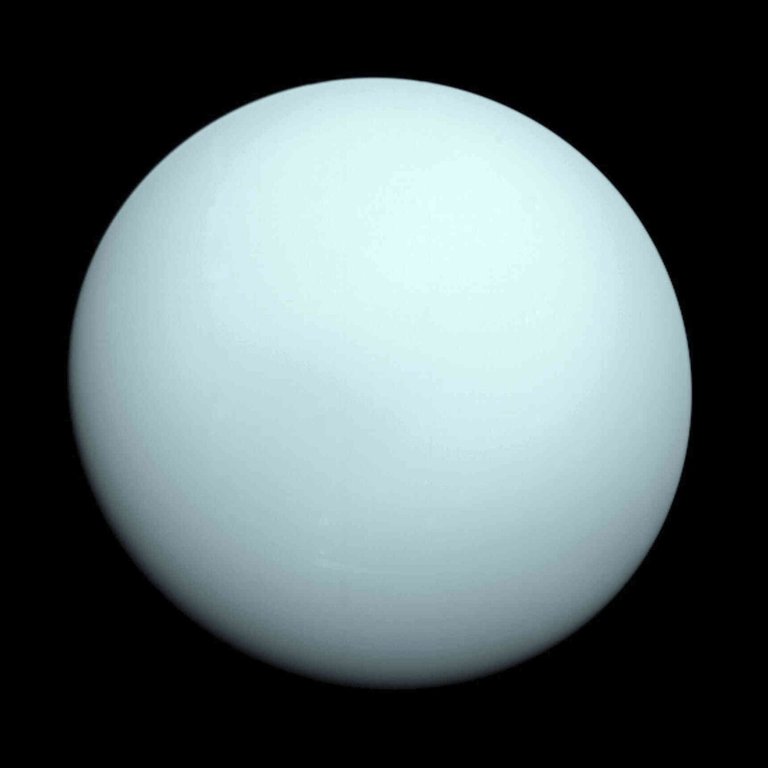NASA’s Webb telescope finds a new tiny moon around Uranus
Advertisement
Read this article for free:
or
Already have an account? Log in here »
To continue reading, please subscribe:
Monthly Digital Subscription
$0 for the first 4 weeks*
- Enjoy unlimited reading on winnipegfreepress.com
- Read the E-Edition, our digital replica newspaper
- Access News Break, our award-winning app
- Play interactive puzzles
*No charge for 4 weeks then price increases to the regular rate of $19.00 plus GST every four weeks. Offer available to new and qualified returning subscribers only. Cancel any time.
Monthly Digital Subscription
$4.75/week*
- Enjoy unlimited reading on winnipegfreepress.com
- Read the E-Edition, our digital replica newspaper
- Access News Break, our award-winning app
- Play interactive puzzles
*Billed as $19 plus GST every four weeks. Cancel any time.
To continue reading, please subscribe:
Add Free Press access to your Brandon Sun subscription for only an additional
$1 for the first 4 weeks*
*Your next subscription payment will increase by $1.00 and you will be charged $16.99 plus GST for four weeks. After four weeks, your payment will increase to $23.99 plus GST every four weeks.
Read unlimited articles for free today:
or
Already have an account? Log in here »
NEW YORK (AP) — The Webb Space Telescope has spotted a new tiny moon orbiting Uranus.
The new member of the lunar gang, announced Tuesday by NASA, appears to be just six miles (10 kilometers) wide. It was spotted by the telescope’s near-infrared camera during observations in February.
Scientists think it hid for so long — even eluding the Voyager 2 spacecraft during its flyby about 40 years ago — because of its faintness and small size.

Uranus has 28 known moons that are named after characters from Shakespeare and Alexander Pope. About half are smaller and orbit the planet at closer range. The new moon, still nameless, ups the planet’s total count to 29.
The new addition could hint at more bite-sized moons waiting to be found around Uranus, said planetary scientist Matthew Tiscareno with the SETI Institute, who was involved in the discovery.
“There’s probably a lot more of them and we just need to keep looking,” said Tiscareno.
___
The Associated Press Health and Science Department receives support from the Howard Hughes Medical Institute’s Department of Science Education and the Robert Wood Johnson Foundation. The AP is solely responsible for all content.

